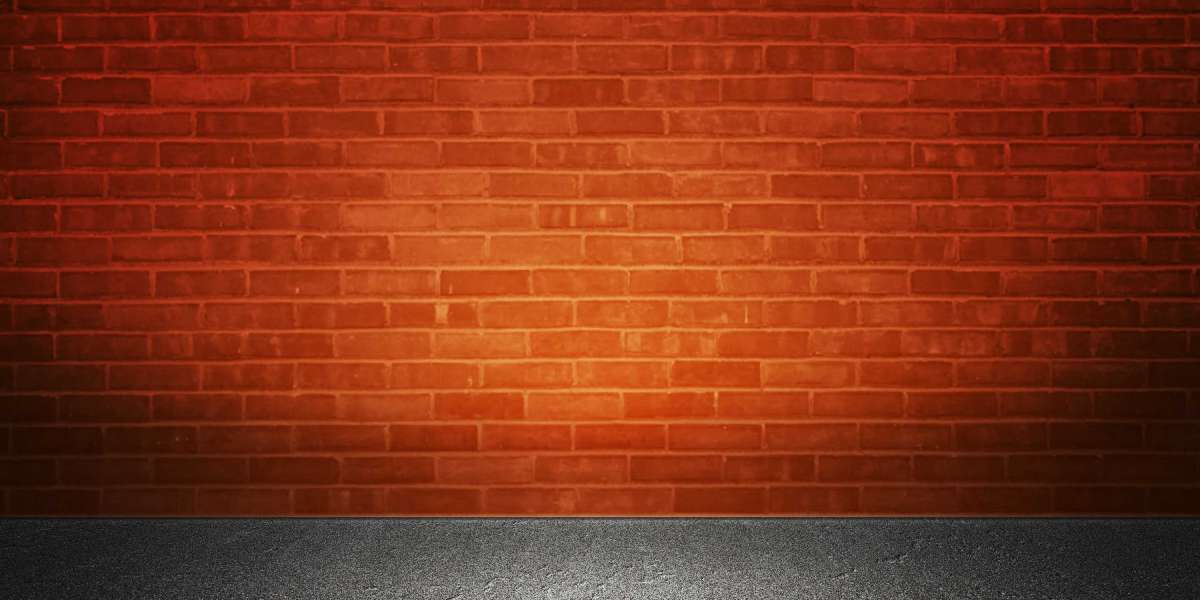
Lately, the traditional instructional system has faced rising scrutiny for its inability to satisfy the numerous wants of all students. As a response, different academic treatments have emerged, providing progressive approaches to studying that cater to varied studying types, emotional wants, and individual circumstances. This case research explores the implementation and outcomes of alternative instructional treatments in a mid-sized city college district, focusing on the integration of experiential learning, venture-based training, and social-emotional learning (SEL) packages.
Background
The school district in question serves a diverse inhabitants of roughly 10,000 college students, with a big percentage coming from low-revenue families. Many college students face challenges such as studying disabilities, behavioral issues, and socio-financial barriers that hinder their academic success. In response to those challenges, the district initiated a pilot program aimed at integrating various educational treatments into the existing curriculum.
Implementation of different Treatments
1. Experiential Studying
One in all the first alternative treatments adopted was experiential studying, which emphasizes fingers-on, real-world experiences as a core component of schooling. This method allows college students to interact with the material in a practical context, fostering deeper understanding and retention of data.
Case Instance: The district partnered with local organizations to create a neighborhood garden mission. Students from various grades worked together to plan, plant, and maintain the backyard. This mission not solely taught them about biology and ecology but in addition offered lessons in teamwork, responsibility, and the significance of neighborhood service. Teachers reported increased engagement and enthusiasm amongst students, who have been excited to see the tangible results of their efforts.
2. Challenge-Based Schooling
Another key element of the choice erectile dysfunction treatment program was mission-based training. This strategy encourages college students to explore actual-world issues and develop solutions by way of collaborative tasks. By working in teams, students be taught important thinking, communication, and problem-fixing skills.
Case Instance: In a middle faculty science class, college students were tasked with addressing native environmental issues. They performed analysis, interviewed neighborhood members, and developed proposals for reducing waste in their neighborhoods. The tasks culminated in shows to native government officials, giving college students a platform to advocate for change. Here is more about erectile dysfunction treatment in younger men look at our web-site. Feedback from both college students and teachers indicated that this technique enhanced pupil motivation and fostered a way of possession over their learning.
3. Social-Emotional Learning (SEL)
Recognizing the importance of emotional effectively-being in educational success, the district additionally carried out a complete SEL program. This initiative focused on teaching college students abilities equivalent to self-awareness, self-administration, social consciousness, relationship skills, and responsible determination-making.
Case Instance: The SEL program included weekly sessions the place students participated in activities designed to build empathy and resilience. One notable exercise involved position-enjoying eventualities that required students to navigate conflicts and practice effective communication. Teachers noted a marked improvement in classroom habits and interpersonal relationships amongst students, resulting in a more constructive learning atmosphere.
Outcomes and Impact
The implementation of other instructional treatments yielded promising results across various metrics. Academic performance, student engagement, and social-emotional growth have been all positively influenced by the new approaches.
Tutorial Efficiency
Standardized take a look at scores showed a noticeable enchancment in subjects the place experiential and venture-based learning have been integrated. As an illustration, the district reported a 15% improve in science scores amongst students involved in the neighborhood backyard challenge, compared to previous years. This suggests that fingers-on studying experiences can considerably improve educational achievement.
Pupil Engagement
Surveys carried out earlier than and after the implementation of different treatments revealed a considerable increase in scholar engagement. Before the program, solely 45% of scholars reported feeling excited about college. After the introduction of experiential learning and undertaking-based training, this determine rose to 78%. Students expressed a newfound ardour for studying, attributing their enthusiasm to the relevance and applicability of the material.
Social-Emotional Improvement
The SEL program demonstrated vital benefits in college students' emotional effectively-being. Pre- and publish-program assessments indicated a 30% decrease in reported situations of bullying and conflict among friends. Moreover, college students reported feeling extra connected to their faculty neighborhood and more confident in their means to handle stress and challenges.
Challenges and Considerations
Whereas the choice academic treatments yielded optimistic outcomes, the implementation process was not without challenges. Teachers required extra professional development to effectively integrate these new methodologies into their classrooms. Some educators initially resisted the shift from traditional educating strategies, fearing that alternative approaches would possibly compromise tutorial rigor.
To address these considerations, the district organized workshops and coaching classes, emphasizing the alignment of different treatments with educational requirements. Ongoing help and collaboration among teachers had been also essential in fostering a tradition of innovation and openness to vary.
Conclusion
The case research of this city college district illustrates the potential of other academic treatments to transform the educational expertise for college students facing numerous challenges. By embracing experiential studying, project-primarily based training, and social-emotional learning, the district not only improved academic outcomes but also fostered a more engaged and emotionally resilient pupil physique.
As education continues to evolve, it is essential for colleges to discover and implement different treatments that tackle the individual wants of scholars. The success of this pilot program serves as a compelling model for other districts in search of to boost their academic practices and finally create a extra inclusive and efficient learning atmosphere for all students. The journey towards instructional reform is ongoing, but the constructive affect of these alternative approaches offers hope for a brighter future in training.









